A Facebook friend’s posting of a picture of Les Beaux-de-Provence has reminded me of a trip I took to the South of France by rental car from Torino back when I was working there for a year (see The Perfect Italian Woman for a little about that) and how I have had in mind that someday I’d write here about a couple of incidents in that short trip for this totally neglected blog. I know no one is actually coming to this blog expecting to find anything new by now, but I will apologize to such an imaginary person for having dropped out of the blogosphere for so long. The reasons are twofold: my tweeting away (i.e., on Twitter as @onscrn) all the pent up desire to communicate something about my thoughts to others and my spending time developing apps for the iPhone and iPad. Enough about that.
Anyway, it was late March and a time when I was feeling alienated from Italy and desperate for a change of scenery and culture. I rented a car and took off after work on a Friday without a very clear destination, but knowing the South of France was a place I’d been wanting to visit, so it didn’t matter exactly where I went when. I had some regional Michelin guides to refer to. The drive did nothing to make me regret my decision to take a break from Italy. Almost all the roads were toll roads, which raised the cost of the trip considerably above what I had estimated. There were carabinieri stroking their machine guns at one of the toll entrances. Those kids with the lethal weapons always made me nervous. Fortunately, they were only stopping traffic and searching cars going the other direction.
My first interaction with people in France wasn’t encouraging. I pulled over at a truck stop outside of Nice for supper and got steak, fries, and a beer. I swear the piece of meat had gone bad before cooking. The people there weren’t friendly, and I couldn’t help wondering if they’d knowingly pulled out the spoiled meat for the American traveler. I ate only a bite or two of the meat and left without saying anything about it, feeling dissatisfied with myself for having accepted the inedible meal without protest, but not having it in me to demand a new steak or my money back, especially in French. If the proprietor had been interested in having a satisfied customer or had any pride in what he served, I think he would have said something to me on seeing how little I’d eaten. I imagined the laughter that had followed my exit. By the time I got to Cannes I was really tired after five or so hours on the road and was glad to find a cheap hotel there for the night.
For what follows I should explain that I have a tendency to hypoglycemia or low blood sugar. This trait is most strongly manifested in the morning, where I operate at a low level before I’ve had a good breakfast, by which I mean protein: ham and eggs, for example. I’m able to prepare my own breakfast easily on auto pilot in my own kitchen, but if I’m traveling I need to find a place that serves a real (not “continental”) breakfast before I can do anything that requires much in the way of brain use. Finding such an “English breakfast” as it seemed to be called on the tourist trail in Italy had sometimes been difficult on my travels there, but I had usually been able at least to find a coffee bar that sold panini with ham and maybe hard-boiled eggs. I sometimes carried a few small tins of tuna fish for an emergency protein breakfast. I had no such backup for this whim of a trip, but when I’d been in Paris I had been able to get a couple of eggs nature (sunny side up) in the morning, so I wasn’t too worried about finding breakfast in France.
The Cannes hotel I stayed in had no restaurant, so I set out the next morning in the car to find something to eat before heading on to Arles, where I planned to spend the next night. It was a beautiful day as I recall, though cool. This was too early in the year for there to be a beach scene, not that I would have been a part of it anyway. The beach was deserted, which suited me fine, and the sea was smooth, the sky clear. Driving along the beach, I came to a good-sized café that I figured must have something to eat. The pickings turned out to be very slim. I bought a café au lait and a couple of croissants, which to my dismay were quite sweet. A sweet croissant was worse than a regular one, which, being heavy on the carbohydrates, was bad enough. Sugar, for one that’s hypoglycemic, stimulates overproduction of insulin, which in turn leads to the sugar level dropping to a level even lower than before the eating of the sugar.
I was in a familiar slightly dizzy and definitely dumber than usual state as I got back into my rental car and proceeded on to the Cannes Bureau de Change to convert some more of my Italian lire into spendable French francs. This was of course before the Euro came into use, or my adventure would never have occurred.
It was late enough for the Bureau de Change to have opened, but there was no one about on the street as I walked to the Bureau after parking the car. Then an irritatingly friendly guy suddenly appeared, intercepted me in the street with a greeting, and started up a conversation with me. He began in French, then switched to English when I didn’t respond immediately. Was I English? From London? Oh, American. He had a sister in Washington DC. It was so expensive to live there. How did I find prices in France compared to those in the US? I told him I hadn’t had a chance to find out yet. I believe I would have probably said I was in a hurry and gone about my business if I had had a decent breakfast, but there’s no way to know.
Not surprisingly, given his flood of attention on me, the guy turned out to be a kind of salesman. He imagined I was on my way to exchange my money for French francs, and was in the business of exchanging money himself, but on the “black market,” which was the way he described it. He could give me a great exchange rate on my dollars.
I told him I had no dollars, but any disappointment he had at this news was fleeting, as he assured me that Italian lire were also in great demand by the French. He said that Mitterand limited the amount of French currency that could be taken out of the country, presumably thus limiting how much French travelers could purchase in other countries. He mentioned things such as Italian leather goods French tourists liked to buy in Italy. I didn’t quite understand this, but I assumed if a black market for lire existed there must be a reason for it, even though I knew the lira was supposed to be “weak.” He was ready to give me an exchange rate for my lire that was well above the official rate.
He showed me his French money and offered to let me go purchase something small with one of the banknotes to demonstrate its genuineness. I seriously doubt the possibility of counterfeit bills would have occurred to me, but I suppose his offer made the whole scheme seem more credible, though it could have had the opposite effect of raising suspicion of trickery. The guy was probably in his mid twenties, and his general appearance was a bit sleazy, but that was probably to be expected in his line of work.
I would never have thought to go looking for a way to get a few extra francs for my lire. But here the guy was, so maybe I should take advantage of his offer. Maybe I’d be foolish not to. Was the official rate just for chumps? He was just doing his job, so why shouldn’t I help him out? Maybe everybody in the know did it. My political orientation in those days was such that I had no scruples about violating a bourgeois rule governing the exchange of money.
Still, since the guy was working outside the law and I had no great interest in a marginal gain, why should I perhaps put myself at risk? And why should I trust someone that was in the technical sense a criminal after all? I didn’t focus on those practical aspects of the situation that much though. I think the black market for lire idea still sounded a little fishy to me, so I wanted to make sure there wasn’t trickery involved in his offer. With my brain practically running on empty, I struggled to quickly do the exchange rate computations in my head to be sure he wasn’t making me an offer that was actually lower than the official rate. What was the catch? Was he really planning to cheat me? This should have been an easy comparison of one rate to the other, but what does the rate mean anyway? Which way does the rate need to change for me to be coming out ahead? Was it francs per lira or lire per franc? I kept doing the calculation wondering if I wasn’t after all making a mistake. Was he actually quoting a price that was a factor of ten off? Maybe the guy just relied on people not knowing how to calculate the difference.
So there I was, somehow stuck talking to the guy and repeating the calculation in my head, as though that was what really mattered. Looking back at it, the episode had a certain dreamlike quality to it, the kind of dream I sometime get stuck in right before I’m completely awake in the morning, condemned to repeat a calculation or computer task over and over in an endless loop.
The illegality of the proposed transaction and its inherent risk was suddenly emphasized when he said to me “She’s watching us!” I didn’t turn to look to see who “she” was since he told me not to look. He led me around the corner, presumably out of her sight. I thought maybe he was a little paranoid. He continued to be concerned about this woman he assumed to be with the police the rest of the time we were together, mentioning that she was watching us a couple of times more.
I agreed to sell him 100,000 lire. He dismissed this as “nothing.” Inexplicably in his spell, I agreed to double the amount to 200,000, which was worth about $125 at the time. So now it was time for money to change hands. And indeed “she” was still watching.
He had a standard way of proceeding, of course, and told me not to hand him the Italian money yet, but to keep it in my pocket. Perhaps, I assumed, due to some experience of his with disputes with “customers” after a transaction or just having the wisdom to eliminate the possibility of such disputes, he insisted that I count, bill by bill, the wad of French money he was about to give me, just to verify it was the correct amount. And it seemed a good thing I had counted, for the sum did turn out to be short by 100 francs. But he took the money back and pointedly added a 100 franc bill to make up the difference before handing me the French money. Having the francs safely in my pocket, I handed him my Italian money, which he didn’t bother to count. This was done very quickly to be sure no one would see us. I did wonder about the money counting exercise. Had he deliberately left one bill off? And if so, why? Perhaps he just wanted to demonstrate how right he had been that the counting was necessary?
He was in a great mood at the end of our business, really on top of the world it seemed. He walked with me back around the corner in sight of the Bureau. He asked me what I was going to be spending all those francs on, mentioning I think, some of the food and wine it might procure. He asked me how long I was going to be in Cannes, and I answered truthfully that I was leaving right away. He shook my hand with great pleasure, once again telling me to enjoy spending my French money. I was glad to be rid of him, and went on to my original destination, the Bureau de Change to get yet more French money in exchange for my Italian.
Once inside the office, I pulled out the dozen or so bills he had handed me and glanced down at them. Perhaps I shouldn’t have been quite as shocked as I was to see that my big wad was, except for the the outer bills, composed of cut up newspaper! I was, however, dumbfounded.
What a laugh! Here I had only been worrying about whether the rate made sense as a win for me, never suspecting that I would be so completely cheated. Conned! Everything he had done and said had been directed to getting me to swap the money quickly (she’s watching us!) without looking at it. Except he had given me the illusion of having checked it carefully, bill by bill. He had obviously made a quick switch of the wad of fake bills for the wad of real ones when he added one real bill after I had had my hands and eyes on the real ones. Fortunately, something had kept me from giving him all my money. He had never convinced me that there was no way he could be cheating me. I had never considered the possibility of a switcheroo though.
As I sat down to write about this incident, the most important detail seemed to be my state of lowered mental capacity due to having low blood sugar. That’s why I explained how eating sweet croissants had made it worse than if I’d skipped breakfast altogether. Now I’m not so sure. Perhaps I would have just passed on by the annoying salesman if I’d had my usual breakfast, but would I really have been less susceptible to his techniques of manipulation? Yes, my diminished capacity made me struggle to calculate whether the rate he was offering was really the great deal he claimed it was, but my willingness to make that effort meant that I had already agreed that having it be true was desirable and that I was inclined to complete the deal as soon as I confirmed it. I would probably have been no more capable of catching on to what was happening once I had landed in his web than any other naive person.
The man was a pro. Let’s review his technique a bit more. First he sought to engage me in friendly conversation, but every question had a purpose. Of course I was on my guard, knowing he was almost certainly wanting to sell me something, but I, like most people, find it difficult to be rude even to someone with an unwanted proposition for me. Once the guy knew where I was from he would likely know what kind of money I had. He missed that one, but quickly switched to saying Italian lire were also in demand by the French. I imagine the question about how I found prices in France compared to those in the US was to give him an idea of how much money I was planning to change based on what kind of items I compared prices on, or perhaps to see how long I had been in the country.
He quickly moved on to the subject of money changing, using the term “black market,” which is something Americans have heard of but are likely to have little or no experience with. It has the ring of something that is outside normal channels, but probably so widespread that it’s basically condoned. It’s something the average tourist may not get to participate in, so it has a certain allure from that standpoint. At this point all of his emphasis was on the big advantages and the commonplace nature of dealing with him.
As an aside, I just found through google an article online advocating that travelers (and I mean currently) take advantage of black market rates of exchange in countries with overpriced currencies. Evidently there are illegal banks set up for these transactions.
The offer to have me make a test purchase with one of his banknotes was probably designed more to draw my interest in the potential transaction than to reassure me of the authenticity of the money. Anything that could engage me on the path to a final deal was to his advantage. Once he had me well on the road to a black market transaction, which was really not that big a deal to the authorities, he could inject the reality that what we were doing was not without jeopardy, since illegal, and thus speed the transaction along. By giving me the idea our actions might be being watched, he made the quick, hidden exchange of money seem prudent.
His raising possible ways an unscrupulous black market dealer might cheat someone (using counterfeit money, short-changing me) and then satisfying me that those were not an issue with him were also no doubt designed to give me confidence and keep me from considering the one true way he was about to rip me off. In my case the raising of the cheating possibility worked to his advantage since it diverted so much of my attention to checking the reality of the advantage from the exchange rate he was quoting. Of course the ruse of first giving me the banknotes to count and then showing me the one he was supposedly adding to the ones I had just counted was crucial. It’s the classic misdirection of attention every magician uses when making a quick switch.
Beyond his techniques, the psychology of the con man is something I find interesting. I think there must be kinship between the con artist and the compulsive gambler. The gambler may lose all his money, the con man may go to jail. For each, success brings the elation of having gotten something for nothing by having taken a risk that the contemptible ordinary lot of humanity is too cowardly for. But the successful con artist has a bonus in knowing he has succeeded not by being the darling of fortune but by manipulating a person into doing his will, thus demonstrating his superiority to that dupable one.
I can’t help thinking that it was the success of his trick that elated him more than the monetary gain that verified it. He had outsmarted the gullible, hence contemptible, foreigner. He definitely took joy in knowing that I was there with scraps of newspaper in my pocket which I would soon discover. Why else would he talk about the wonderful things I’d soon be buying with it? Perhaps he would regale his partners in crime with the story. But beyond that he knew that I would recall his words as a derisive twist of the knife. I think this reveals some additional malevolence in the con artist’s feeling of superiority over the one he has duped.
But let’s not forget the con artist’s kinship with the actor! No wonder he prolongs the parting from his latest sucker with handshakes and congratulations. They have to take the place of the applause from the audience and his bows of acknowledgment.
I don’t think I could be taken in by a scheme like that again no matter how low my blood sugar was, and not just from having learned my lesson, for the truth is that had I not been willing to break the law the guy wouldn’t have gotten me that time, and my general principle is to obey the law now, even if I don’t think it’s a good or important law. Well, I drive a little faster than the speed limit, but that’s not a crime. Really. Is it? Just a few miles per hour?
I was mad when I discovered the expensive trick that I’d fallen for, but mainly at myself for having been so stupid. I took perhaps an overly charitable view of the swindler’s behavior, since it was, after all, his way of making a living. I hardly considered the possibility of hanging around in Cannes hoping to catch the guy and demand my money back. He probably had a contingency plan for that and could pretty well count on my not going to the police with a complaint. It was sort of like my response to the bad meat I’d been served the day before. Put it behind me and hope for a better time to come.
Ah, another realization just came: how neatly my possibly having been served inedible meat on purpose and possibly having been the object of derision after my departure from the truck stop foreshadowed the undeniable cheating and derision that followed the next morning. My congratulations to the comic novelist that was authoring my life at that time! Things did start to look up in Arles, though there was disillusionment in store there also. That story may yet be told.
It has occurred to me that the other actor in this story, though by now far from young, might still be running through his act outside the Cannes Bureau de Change. Or perhaps someone else has taken over the business, as I’m having trouble picturing my old friend being able to pull off his trick as old as he must now be. The techniques have surely been developed over many years, so there must be a sort of school for con artists to get all the details down. If anyone reading this happens to go to Cannes, I’d love to hear if the game goes on.
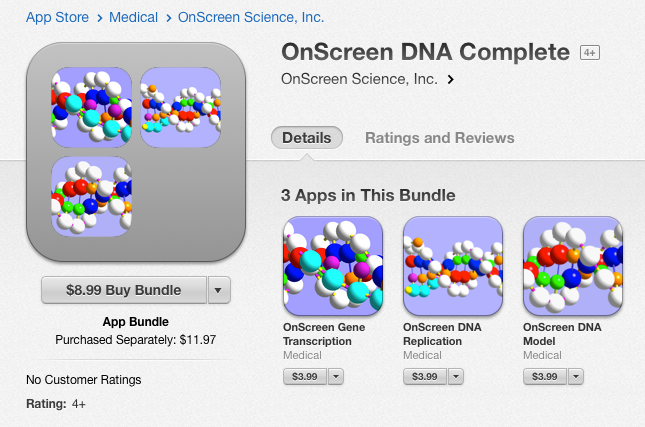
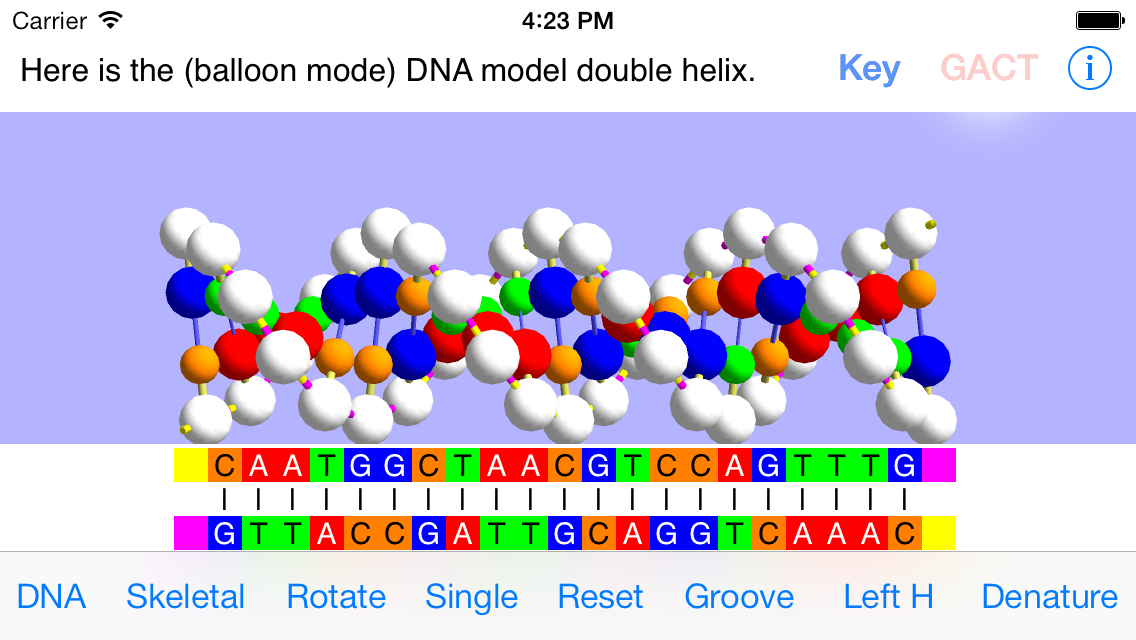
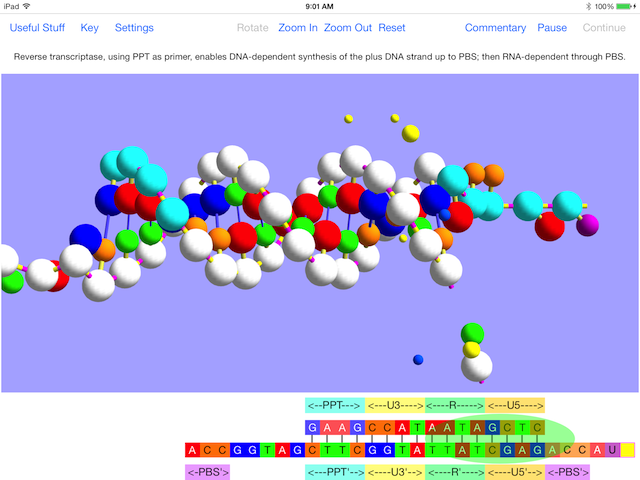
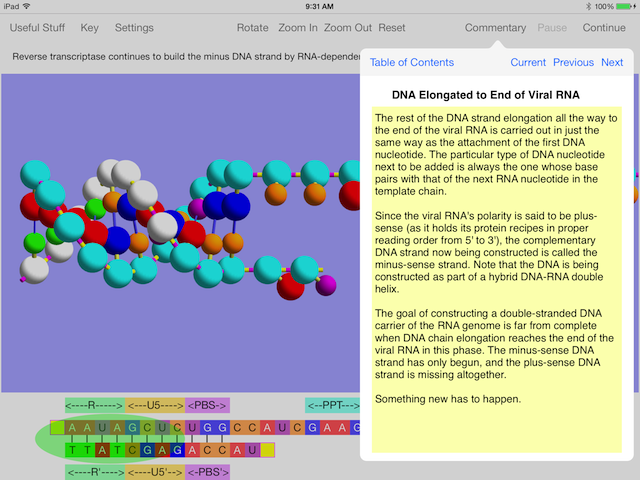
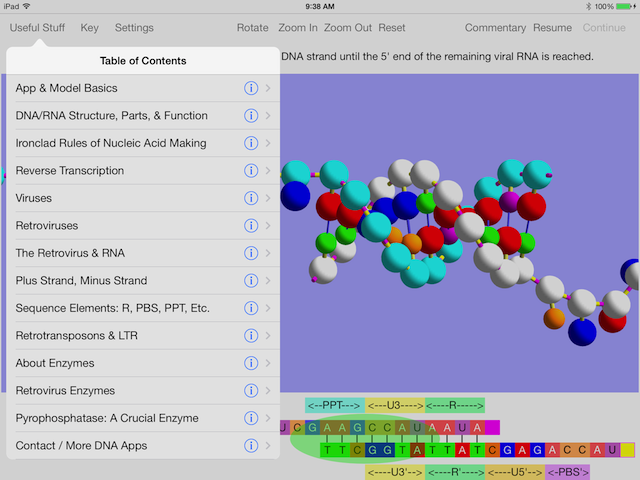
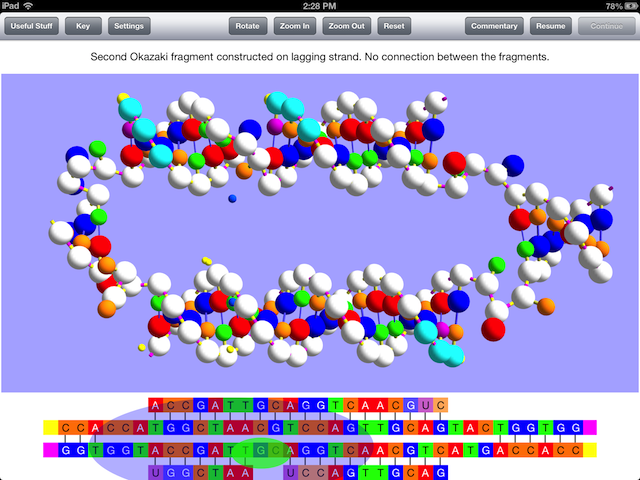



 OnScreen
OnScreen
 OnScreen
OnScreen OnScreen
OnScreen